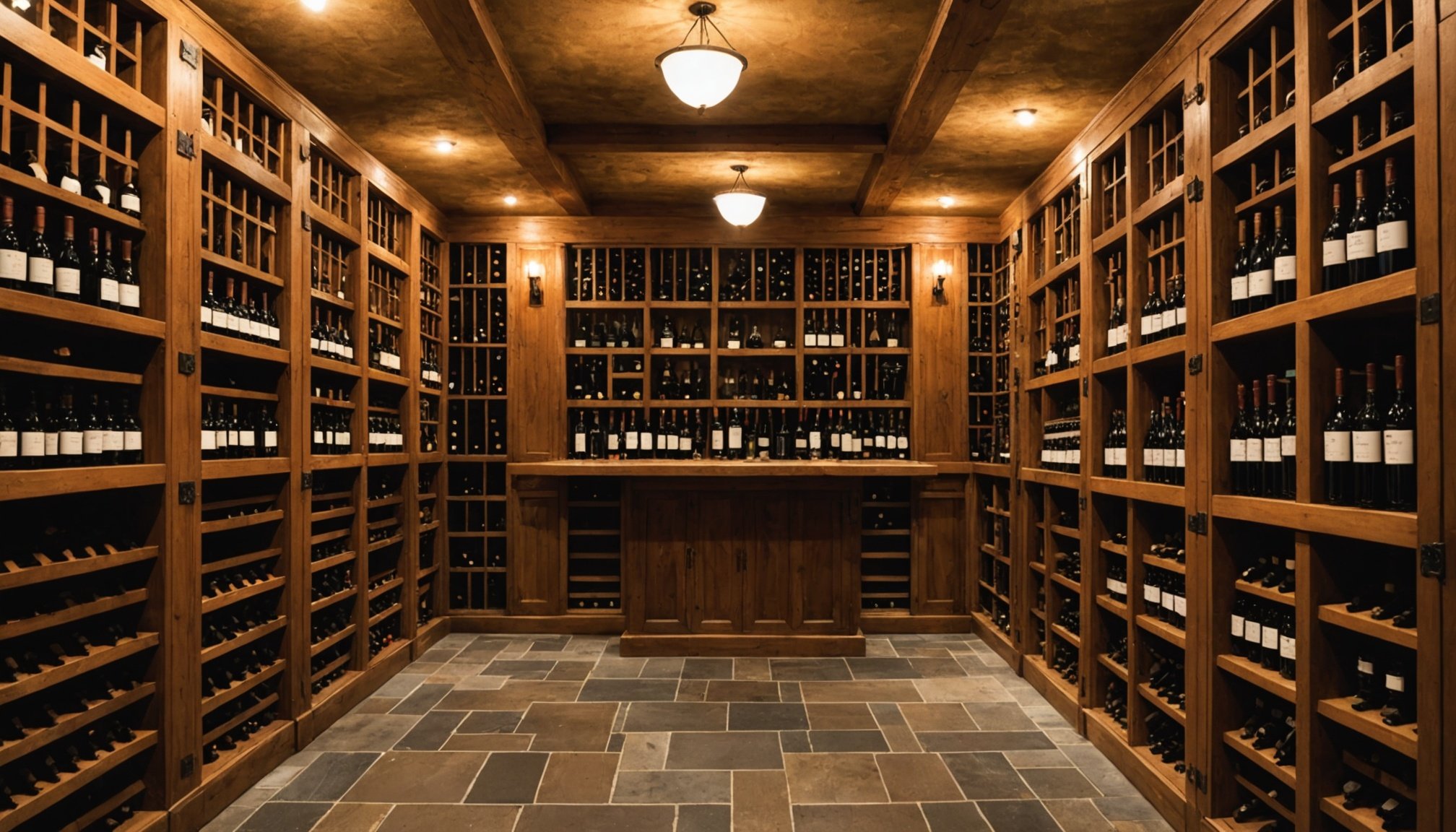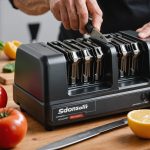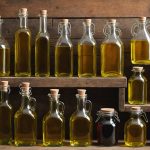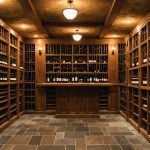Protecting your bar's wine cellar from spoilage is essential to preserving quality and flavor. Fluctuating temperatures, humidity levels, and light exposure can all jeopardize your collection. Implementing effective strategies for wine preservation not only protects your investment but enhances the overall customer experience. From optimal storage conditions to routine checks, discover actionable tips that will safeguard your wines and ensure they remain enjoyable for years to come. Don't let spoilage ruin your treasured bottles; take proactive measures to maintain your cellar's integrity.
Importance of Wine Cellar Protection
Ensuring wine cellar protection is crucial to maintaining the quality and value of a wine collection. Wine spoilage can occur due to several factors, including temperature fluctuations, humidity imbalance, and exposure to light. Each of these elements can significantly alter the flavour and aroma of wine, leading to a less than optimal tasting experience.
In the same genre : Creating the ideal café: a guide to designing a beautifully functional space
The impact of wine spoilage extends beyond just the loss of a bottle or two. For bars and restaurants, it can tarnish their reputation and lead to financial losses. Patrons expect high-quality wine, and serving spoiled wine can result in negative reviews and decreased patronage. Therefore, investing in proper wine storage techniques is not just a recommendation; it is a necessity for businesses that pride themselves on their wine selection.
To prevent wine spoilage, it is essential to maintain a stable environment in the wine cellar. This includes controlling the temperature, ensuring adequate humidity levels, and protecting the wines from direct light. By doing so, you preserve the quality and longevity of the wine, safeguarding your investment and ensuring the satisfaction of your customers.
Additional reading : Uncover the best pest management tips to ensure your rural gastropub thrives
Temperature Control Strategies
Maintaining temperature regulation is pivotal in wine cellar management. The ideal wine temperature varies depending on the type of wine. For instance, red wines thrive between 12°C and 19°C, while white wines prefer a cooler range of 7°C to 13°C. Sparkling wines benefit from temperatures as low as 5°C to 8°C. Consistency is key; fluctuations can lead to spoilage, affecting the wine's flavour and aroma.
Cooling systems play a crucial role in ensuring temperature stability. Systems like split cooling units, through-the-wall units, and ducted cooling units are popular choices. These systems provide the precision needed to maintain the ideal wine temperature, ensuring each bottle reaches its full potential. Monitoring systems, such as digital thermostats and smart sensors, can alert owners to any deviations, allowing for timely adjustments.
Common mistakes in temperature management include storing wines near heat sources or in direct sunlight, both of which can cause temperature spikes. Additionally, frequent opening of cellar doors can disrupt the environment. By focusing on consistent temperature regulation and using effective cooling systems, wine collectors can protect their investments and ensure optimal wine quality.
Humidity Management Techniques
Effective humidity control is vital for preserving wine quality in a cellar. Maintaining appropriate wine cellar humidity prevents corks from drying out and labels from moulding. The ideal moisture levels range between 60% and 70%. This balance ensures that corks remain slightly moist, which is essential for keeping air out and preserving the wine's integrity.
Tools and Devices for Regulation
To achieve optimal humidity, wine enthusiasts can utilise various tools. Hygrometers are essential for monitoring humidity levels, providing precise readings to help maintain the desired environment. Humidifiers can be employed to increase moisture levels when necessary, while dehumidifiers are useful in reducing excess humidity.
Effects of Humidity on Wine Quality
Low humidity can lead to dried-out corks, allowing air to seep into bottles and spoil the wine. Conversely, high humidity can cause labels to peel and mould, damaging the wine's appearance and potentially its taste. By employing effective humidity management techniques, wine collectors can safeguard their collections, ensuring that each bottle retains its intended flavour and aroma.
Best Storage Practices for Wine
Proper wine storage techniques are essential for preserving the quality and longevity of your collection. One crucial aspect is the orientation of the bottles. Horizontal storage is generally recommended, as it keeps the cork moist and prevents air from entering the bottle, which can spoil the wine. In contrast, vertical storage is suitable for wines with screw caps or synthetic corks.
Rack Organization and Materials
Choosing the right rack organization and materials can significantly impact the effectiveness of your storage. Wooden racks are popular for their aesthetic appeal and durability, while metal racks offer a modern look and are often more space-efficient. Ensure that the racks are sturdy and designed to hold the bottles securely.
Effective Storage Setups
Several case studies highlight successful wine storage setups. For instance, a collector in Napa Valley uses a combination of wooden racks and temperature-controlled cabinets to store a diverse range of wines. Another example is a restaurant in Paris that employs metal racks with integrated lighting to showcase their collection while maintaining optimal conditions. These examples underscore the importance of thoughtful storage design in preserving wine quality.
Environmental Factors to Monitor
Understanding the environmental impact on wine storage is crucial for maintaining wine quality. Light exposure can significantly degrade wine, affecting its flavour and aroma. Ultraviolet rays, in particular, can penetrate bottles, leading to unpleasant chemical reactions. To combat this, it is essential to store wine in a dark environment. Using tinted bottles or UV-filtering glass doors can help reduce light exposure.
Vibration control is another critical aspect. Vibrations can disturb the sediment in wine, altering its taste and texture. To minimise vibrations, place wine racks on stable surfaces, away from appliances or machinery that generate movement. Specialised wine cabinets with vibration-dampening features can also be beneficial.
Tools for Monitoring
Several tools can assist in maintaining optimal conditions. Light sensors can alert you to excessive light exposure, ensuring that wines remain in darkness. Vibration sensors can help detect disturbances, allowing for timely interventions. By leveraging these tools, wine collectors can create a stable environment, preserving the integrity and quality of their collection. This meticulous attention to environmental factors ensures that each bottle delivers its intended taste and aroma.











